Today – April 25 – is Worldwide Pinhole Photography Day (WPPD for short), when anyone, anywhere in the world, who makes a pinhole photograph can upload it to the WPPD online gallery (you can also view past galleries here).
Pinhole cameras make pictures not with a lens but with a tiny hole, projecting an image into a light-tight box. If you’re not familiar with the concept, here’s a brief introduction. Last summer I got into pinhole photography, creating homemade cameras from household waste and making pictures on photographic paper (paper negatives) as well as medium-format film. I’ve been writing about my pinhole adventures on 35mmc, and I was lucky to have my pinhole photographs featured in this year’s Estenopeica sin Fronteras (virtual exhibition in Oaxaca, Mexico) and in Black Feather magazine (vol 3).
But I certainly wouldn’t have learned as much in this brief time if it weren’t for the amount of help, support and inspiration I’ve received from the pinhole photography community. People from all over the world, whom I know only through online forums and groups, have given me Zoom tours of their studio, answered technical questions, scanned and sent me resources which I didn’t have access to… and I in turn have tried to share what little I learned from my own experiments and reading.
To celebrate WPPD 2021 and this spirit of community, I thought I’d feature some pinhole photographers whose work I admire. The only problem was that this is a long list – so long that it was virtually impossible to narrow it down to a manageable length. In the end, I decided to limit it to just four interviews, but for the record, there are many other photographers whose work I like just as much.
Having said that, I really, really love the images featured here, as well as the thought-provoking, inspiring and occasionally hilarious reflections: Sharon’s suggestion that pinhole cameras have their own personality and preferences, Nadir’s experience, so close to my own, of finding “a real hobby and a lot of international friends”, Inga’s story of an incredible coincidence – finding a friend’s stolen pinhole camera in a faraway flea market. And yes, Ksawery’s reflection on why he loves (why we all love) pinhole photography, a phrase which I borrowed for the title of this article: a feeling of uncertainty but also joy.
Community is another theme which, even in these brief interviews, crops up time and again – Nadir’s pinhole workshops for children, for example, or Inga’s tales of using cameras made by friends. The header image – a pinhole photo of course – is in keeping with that theme: Lithuanian pinhole gang on WPPD 2017 by Inga Dinga, whose interview is featured below.
I hope you enjoy the text and photos as much as I enjoyed putting them together.
Sharon Harris
Sharon Harris is a photographer based in the Philadelphia area. Her work has been published both nationally and internationally including SHOTS magazine and the German publication Kwerfeldein. Her photos have been selected for exhibition at numerous galleries such as SoHo Photo Gallery’s Krappy Kamera Exhibition where she has been the recipient of several awards. Sharon is this year’s winner of Seities Magazine’s Pinhole feature. You can see more of her work on her website and Instagram.
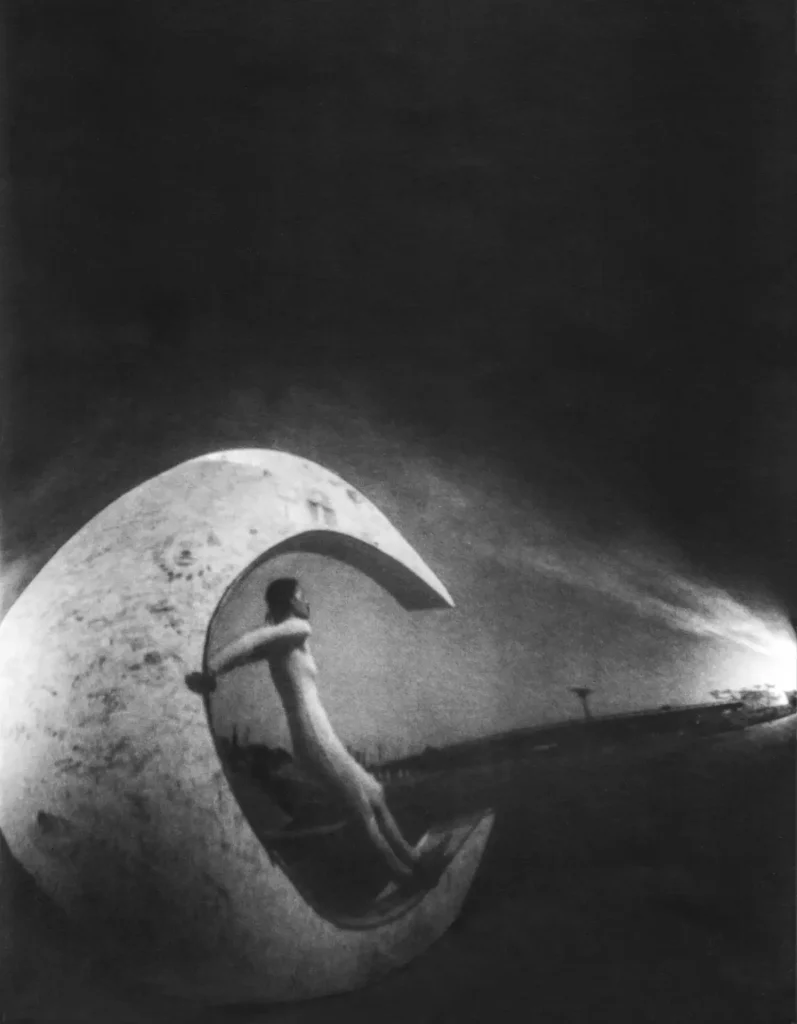
How long have you been practising pinhole photography, and how did you get into it?
I have been practising pinhole photography for seventeen years and counting! I was introduced to pinhole photography through a photographer while working as a photo retoucher. I shared some of my 35mm photography expressing my dissatisfaction with my attempts. These images looked just like my subject and that had seemed pointless to me. I remember the conversation as if it was yesterday. “Pinhole photography is for you,” and me questioning, “How do you know?” and his answer… “Because you are telling me”. My first glimpse of a paper negative developing in the darkroom piqued my curiosity, and that’s all it took to lure me into pinhole photography. I am so grateful to have found this art form.
Could you share one or two happy or fun memories related to pinhole photography?
Because pinhole photography is such an unusual art form most people have no idea what you are doing. When I first started my practice I hadn’t yet figured out how to mount my cameras on a tripod, so I would either place them directly on the ground or on a nearby object. At one location I carefully set my camera in the grass by a stream, stood up, and counted, when someone yelled out of a factory window, “Are you letting something go?” I explained that I was doing pinhole photography and someone else from another window yelled “Our boss is a pinhead. Would he make a good subject?” Photographing near office buildings can be kind of funny.
Another time I had found a location where the water was only a few inches deep. My daughter modelling in a long white gown ventured out quite a bit. We had props and a tower made of boxes and when we were finished we were met at the top of the hill by a gentleman asking if he could help us carry our things. Someone in the office said that there was a bride standing in the water so they all rushed to the window and I’m sure we added a bit of entertainment to their day. There are many, many stories and fun times that I have had doing photo shoots. Always laughing, always surprising, and always, never knowing what will happen on a shoot.
But this is the one story that is very very special to me. A new neighbour had recently moved in across the street. One day she knocked on my door with this question, “Do you know who Eric Renner is?” (Eric has published numerous books and publications and was co-director of The Pinhole Resource) I answered, “Of course!” It turned out that she had grown up with Eric and remained good friends with his sister. In their recent conversation, his sister mentioned that Eric was still into that strange pinhole stuff. Lol! Now, what are the chances that in this big world there could be an across the street connection like this? I can’t help thinking that this is just a wink from the universe.
I have been saddened upon hearing the news of Eric Renner and Barbara Ess’s passing. They both have contributed greatly to the art of pinhole photography and their presence in the art world will truly be missed.
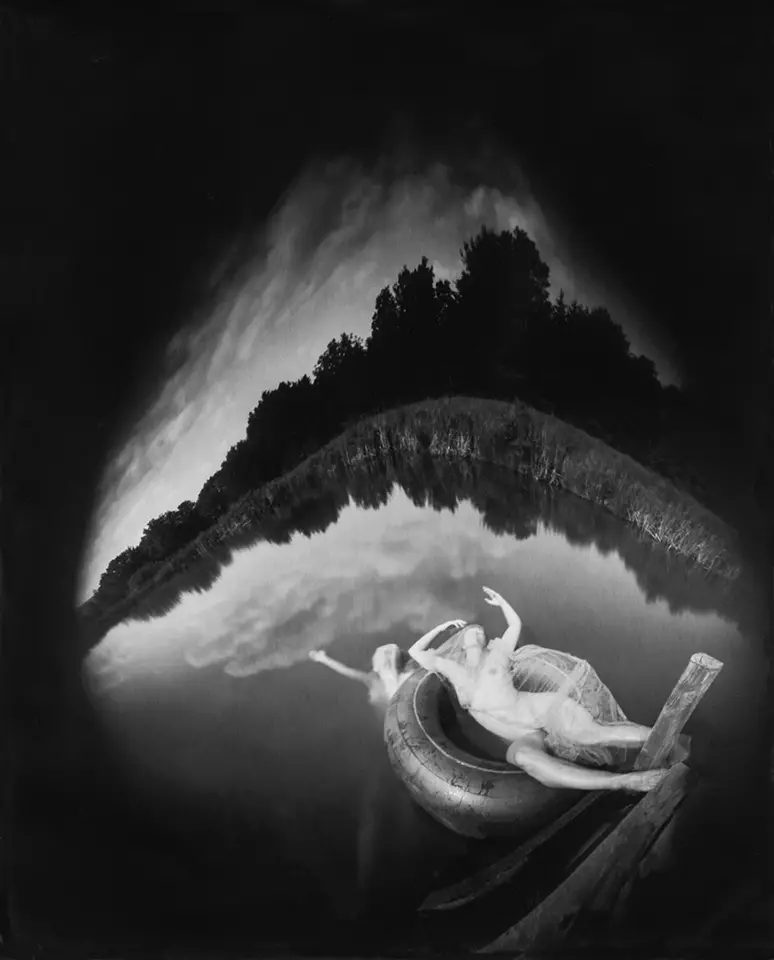
What do you like about pinhole photography? Why do you do it?
There are so many things that interest me about pinhole photography. How distortion creates such interesting design qualities is probably what attracts me the most. A curved horizon line echoing the curve of a figure, or a few trees bending to break up a straight line composition can really make for a striking image. In my best work, I feel that the design and distortion become one. Using a pinhole camera empowers me to see the eccentric and the unusual qualities of my subjects. The whole process in itself, including the making of cameras, loading the cameras, exposing the cameras, as well as the darkroom work, really does suit me. This labour-intensive art form calms my restlessness, and my industrious self can always find ways of working on something. Throughout the years I have been visualizing through the pinhole, I have never, not even once, felt as though I am finished exploring my vision through this medium.
Do you have any favourite cameras?
Each of my cameras seem to have their own qualities and preferences, and I like to think that I know what their strong points are. If I want to reach trees high in the sky I attempt to use my tea tins, or if I want strong contrast and more detail I’ll use my Amoretto tins. So my favorite camera is the one that gives me the sought after image and that varies from shoot to shoot. I have numerous cameras that are the same, such as the six tea tins which allows for six chances at that particular image formation. I really do love all my cameras but there is one in the bunch that does not like to give me too many above-average images. I probably have gotten only a handful over the years so I mostly use this camera to warm up. I haven’t figured out the best way to use this particular camera and in thinking about it now, I’ve decided to try to be very experimental. Maybe that’s what it wants!
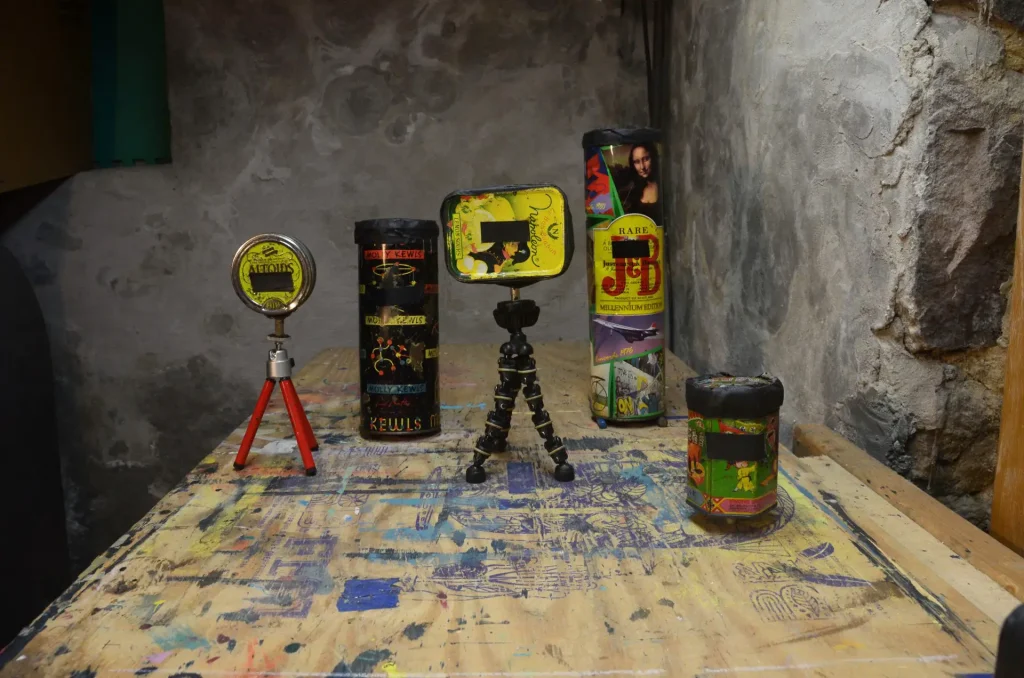
Who are some other pinhole photographers whose work you like?
I am very inspired by Barbara Ess’s pinhole photography as there is something haunting about her imagery. One image in particular of a woman in a field with her hand held up to her mouth captivates me. I can feel her uneasiness. She is placed in the lower left part of the frame as though she is trying to escape out of the photograph. Although I do not attempt to get to the soul of a model and my figures are much more architectural and anonymous, I do admire the emotion she captures in her work.
Ruth Thorne Thomsen’s series “Expeditions” are amongst the most profound pinhole images I have ever seen. I find these images eccentric and fascinating. The idea of constructing scenes out of miscellaneous objects and presenting them as believable opens up a whole new world. I have been influenced by this school of thought and the surreal and imaginative aspects of these images.
Do you have any plans for Worldwide Pinhole Photography Day (WPPD) 2021?
During the pandemic, I have been scouting out the nearly vacant grounds at area colleges for possible photo shoots. If the weather is good I may stay with this idea, but If it rains it’s to the attic!
Ksawery Wróbel
Ksawery Wróbel was born in Dabrowa Tarnowska, Poland. He is relatively new to pinhole photography and solargraphy, but his work has already been exhibited internationally in several group shows including Pavlovka Pinhole Fest (Kyiv, 2020), Porto Pinhole Photography 2020 and Layered Light: Contemporary Pinhole and Zone Plate Photography. His photos have also been exhibited in virtual exhibitions including Oaxaca – Estenopeica sin Fronteras (Mexico, 2020), Salon de Fotografia Analogica “La Otra Luz” (Peru, 2020) and Somerville Toy Camera Festival 2020, and featured on Art Limited. You can see more of his work on his Facebook fan page and on Instagram (@grasp_pinhole and @grasp_cyanotype).
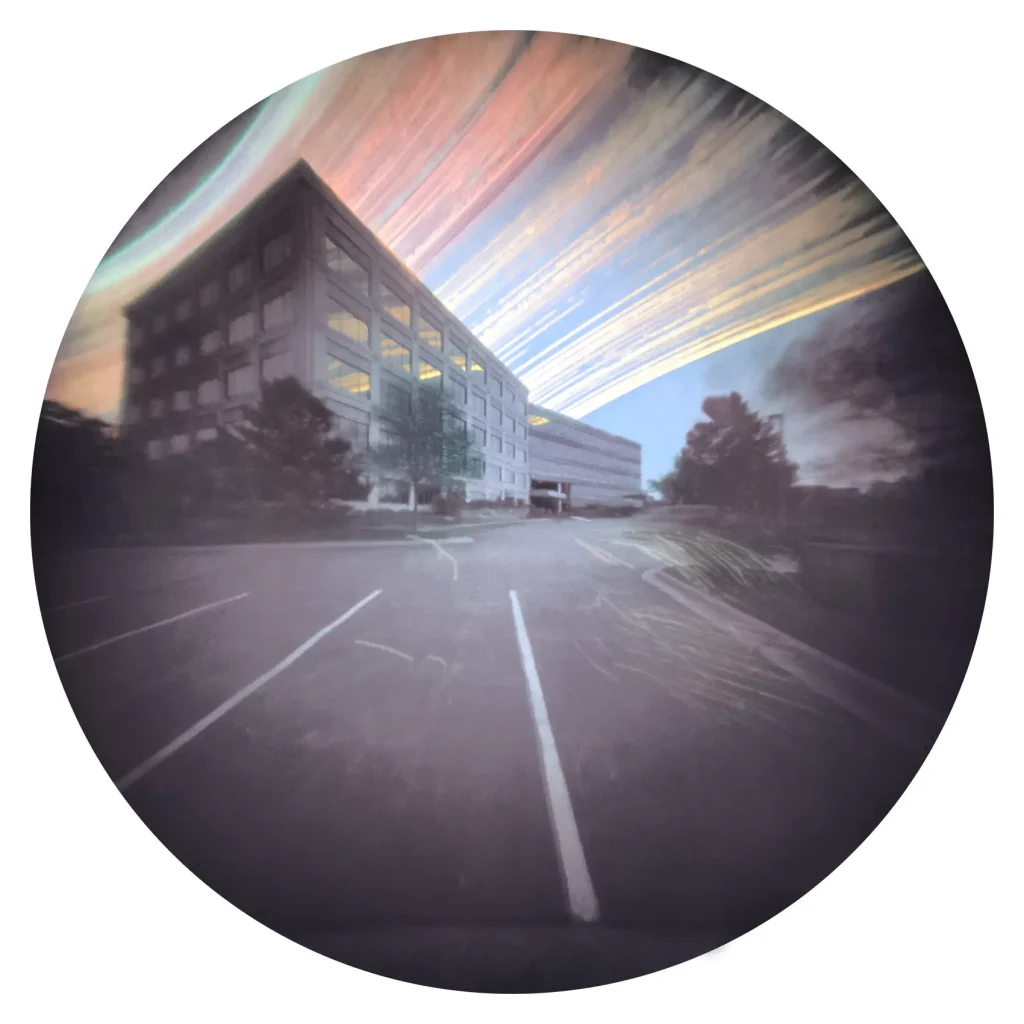
How long have you been practising pinhole photography, and how did you get into it?
I’m a new photographer and my adventure with pinhole photography began relatively recently. I came across a video on the Internet in which a young guy showed how to build a camera from various objects. At first, I couldn’t believe that it was possible to take a picture with a suitcase or toolbox. Unfortunately, I abandoned this idea, even though it seemed very interesting. A year later, in 2019, a similar video appeared in my suggested clips, and I thought, “I have to do this.”
I built my first pinhole camera from a soda can. My first photo was exposed for two days – the time felt like an eternity, I was so looking forward to the result. I must admit that I was very excited when I pulled out the paper from the can and I saw a picture on it. So I made the next camera, and another, and another… and it soon became an enjoyable obsession. That’s how my adventure with solargraphy began.
Could you share one or two happy or fun memories related to pinhole photography?
Actually, there were many strange and funny situations. I remember one Sunday morning, I was driving around town and saw an interesting house. I wanted to take a picture of it. I asked the owner if I could do it, and he agreed. I mounted my camera on one of three street trees. The next day, the owner called me and said that the townspeople had cut the tree with my camera. I thought “God, why would they cut down exactly this tree, there were three trees?” I was just unlucky.
Another instance is when I was taking a picture in the park. After taking the photo, I had to replace the paper in the camera. So I went to the table at which a man with two sons sat down. I took the darkroom bag from my backpack and at the same moment, the man got scared and took his sons and ran away. This situation looked very funny, I didn’t want to hurt anyone. I simply wanted to replace the paper in my camera.
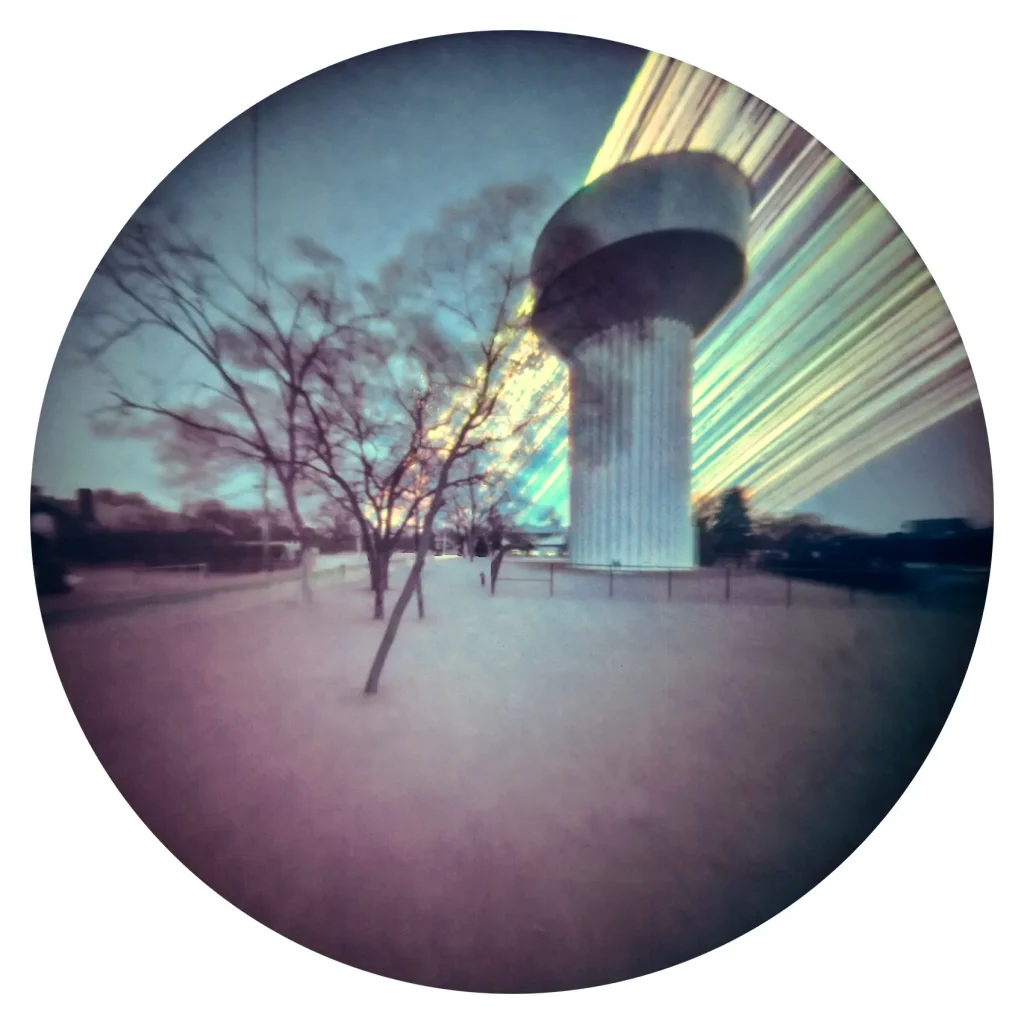
What do you like about pinhole photography? Why do you do it?
It is difficult to explain. Pinhole photography is a direct reflection of reality. It is fascinating how a photo is created in such a simple construction of a camera. Like light games in a small closed box. Extremely long exposure times and not fully controlled images. These things make time stop for a moment whenever I open the camera and take out the paper. There is a lot of emotion then. It is always a feeling of uncertainty but also joy. The paper can be dry and well-exposed, which makes me feel joyful and excited. But the paper can also be flooded, the emulsion is separated from the substrate. Then I feel disappointed. But this is only a temporary feeling because I pull out a unique photo from the camera that has its own feel. Stains formed in the photo, patterns formed during the action of water on the paper, unwanted effects. All this makes this technique magical. Therefore, it cannot be said that any photo is unsuccessful. All photos created in this process are unique.
I think that all the emotions that accompany me from the beginning, from building my first camera, making a precise pinhole, to taking the photo out of the camera, it all drives me and pushes me further into this realm that I’ve come to like so much.
Do you have any favorite cameras?
To take the solargraph photos I use aluminum jars. They are small round cans. I call them “Eye of Sparrow”. When I began my adventure with solargraphy, my cameras were often lost or damaged. I wanted them to be small and easy to install and hide in the city. I found a container on the internet that was perfect for my requirements. An image is created in the shape of a circle, just like the hole in my camera. The name of the camera comes from my last name Wróbel, which means sparrow in English.
The advantage of these cameras is that the image is not distorted as in the case of soda cans. This is very important to me because I like objects in my photos to look natural, without the fisheye effect. The photosensitive paper is cut in the shape of a circle and then mounted on the lid of the jar. This is why my photos are round.
Recently my interest in photography deepened and I started taking pictures on film. I bought a Zero Image 2000 camera. I plan to make several photographic cycles with this camera. Shortly, you will be able to see more photos with this camera on my social media.
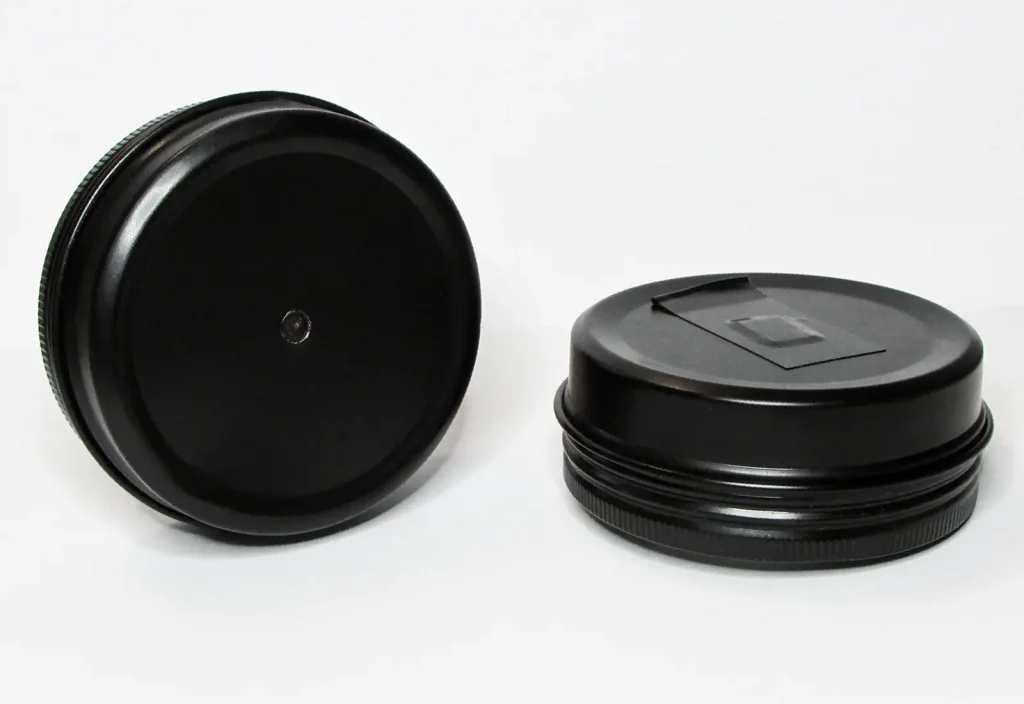
Who are some other pinhole photographers whose work you like?
There are many artists whose photos I like. More specifically I think of two people. René Vonk (@renepinhole) from the Netherlands and Polish photographer Paweł Tomczyk. Their photos are very well thought out and a lot of heart is put into them. Their work is simply amazing.
Do you have any plans for WPPD 2021?
As I said before, I plan to do a few photo cycles. That’s why this World pinhole Day I want to go to Chicago downtown and take some photos. I am also going to install a few new solargraphic cameras, which will remain until the next World Pinhole Photography Day in 2022. Lastly, I want to install a pinhole camera in my home that will record my life for the next year.
Nadir Kayacan
Nadir Kayacan lives in a small town on the Aegean coast of Turkey. He has been interested in the pinhole technique for the last ten years, and has used it in all kinds of photographic activities including travel, nature, portrait and street photography. He also makes his own pinhole cameras. Kayacan organizes workshops for children in all regions of Turkey, and some of his photographs have been featured in international exhibitions. You can see more of his work on his Instagram.
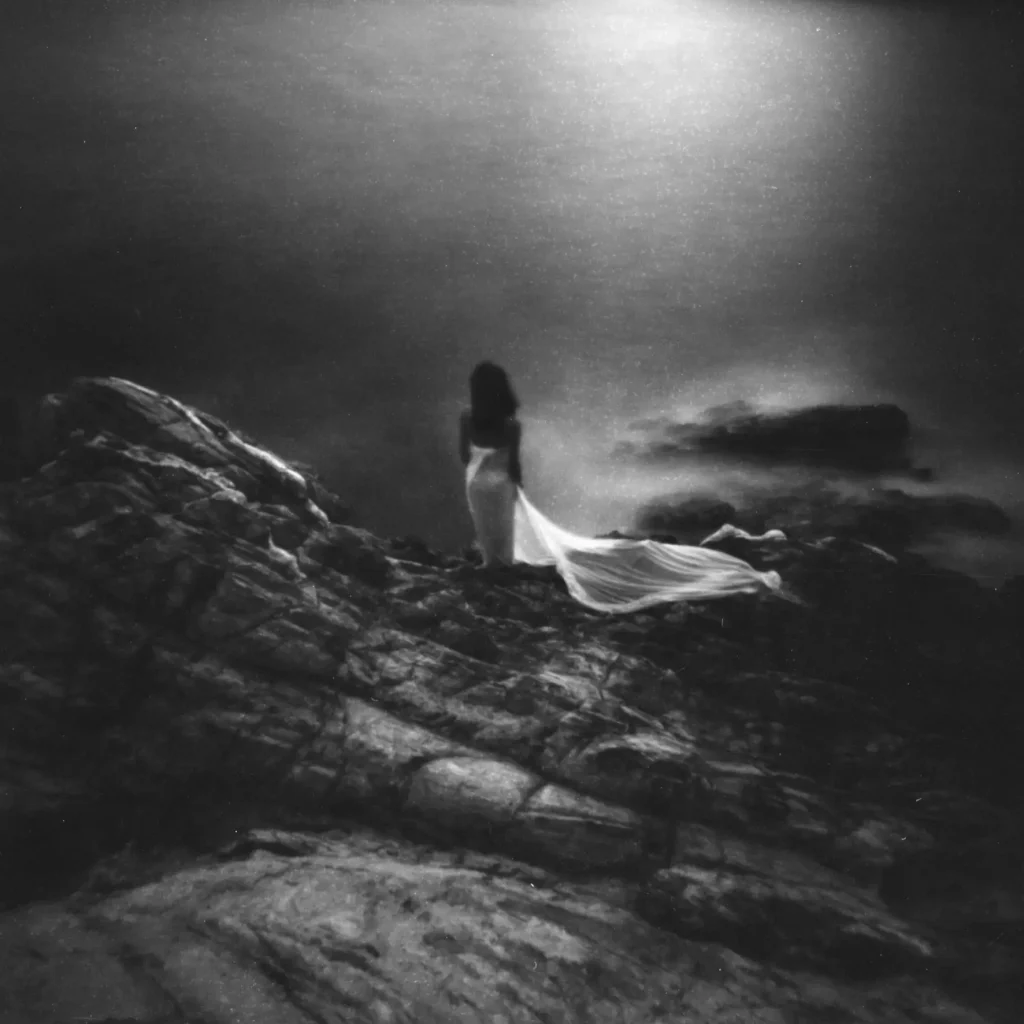
How long have you been practicing pinhole photography, and how did you get into it?
I’ve been into pinhole photography since 2011. You could say I started out by falling in love with the cigar box on a tripod.
Could you share one or two happy or fun memories related to pinhole photography?
I mentioned the love I feel of the cigar box; I started researching with that excitement and founded a group on Facebook. But my business life was very busy and I could not give it the time and attention I wanted. After exactly two years, I saw that the group was growing and sharing, I was surprised and embarrassed. I immediately made a paper camera. After some unsuccessful attempts, I started seeing results. The cigar box and Facebook brought me a real hobby and a lot of international friends. That makes me happy.
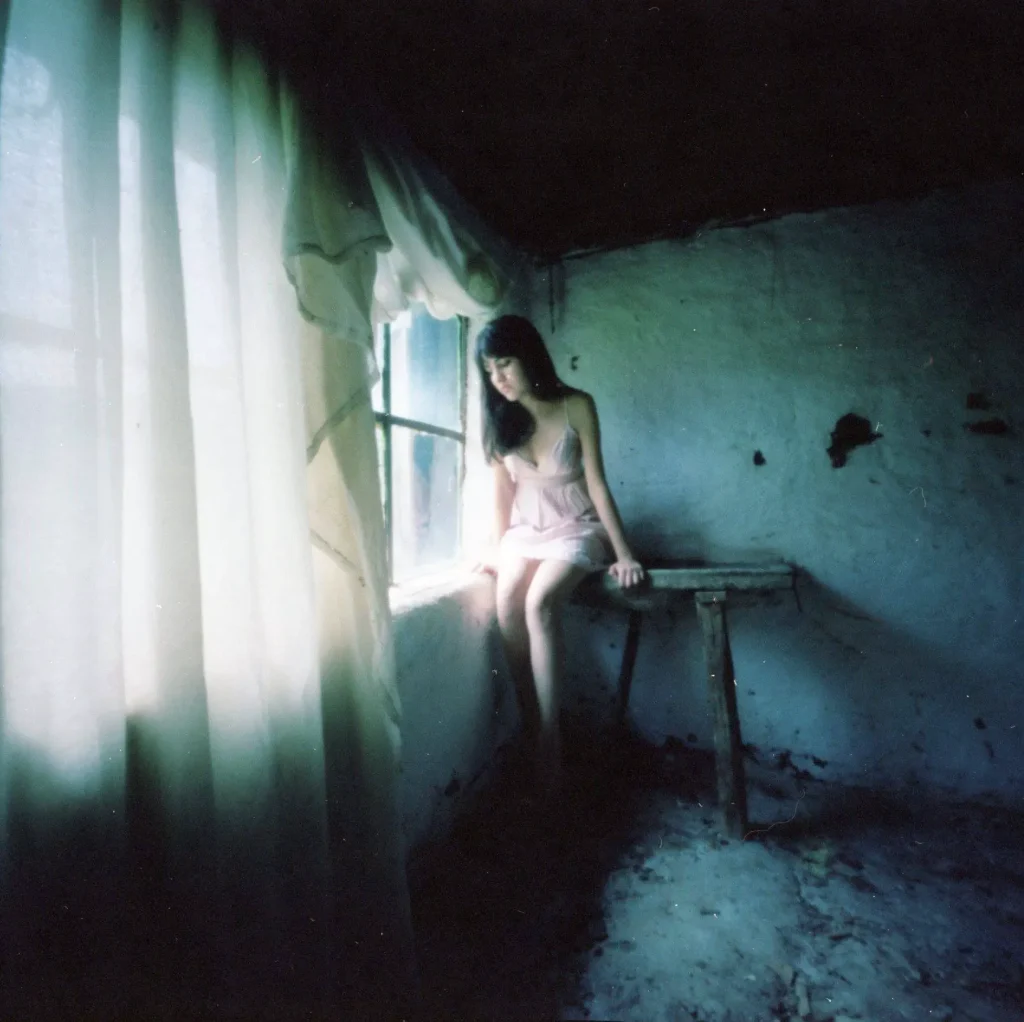
What do you like about pinhole photography? Why do you do it?
Today we’re all about speed, impatience, the desire to get results immediately. We forgot to wait, to be surprised, to be uncertain! I remembered wondering, waiting, and slowing down with pinhole photography. And I loved surprising the kids with a small box, a hole, and a piece of photo paper. The pinhole technique is still magic for me too!
Do you have any favourite cameras?
My favorite camera is 8banners 612 mb. It is no longer produced but I have one!
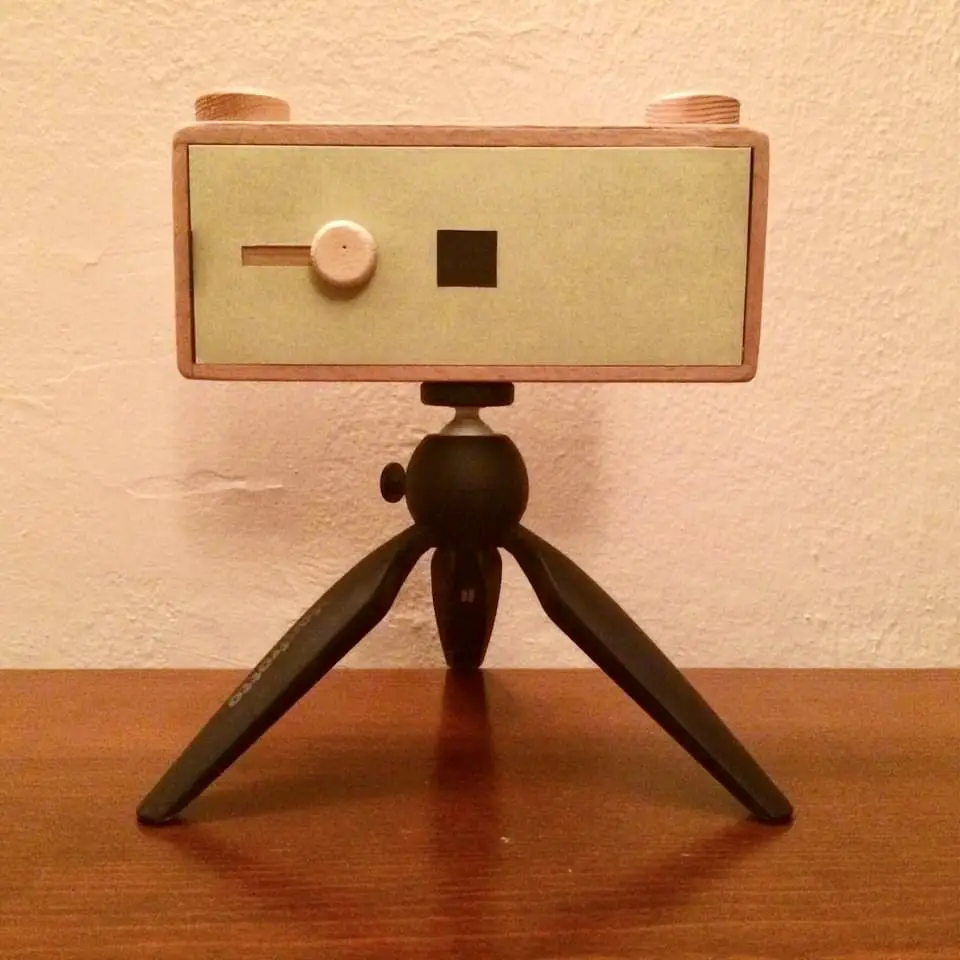
Who are some other pinhole photographers whose work you like?
It is really difficult to answer this question. All pinhole photographers impress me, really!
Do you have any plans for WPPD 2021?
Due to COVID-19, there is a curfew in my country on weekends, so we couldn’t make a plan. Maybe my wife and I could sneak up to the seaside for a quick shoot and a celebration.
Inga Dinga
Inga Dinga is a fine art and freelance photographer based in Vilnius, Lithuania, mostly working with various analogue cameras and pinhole techniques. She has taken part in over 80 different local and international art exhibitions, festivals, contests, publications and projects all around the world (Europe, North and South America and Australia), mainly with her fine art film photography. Inga is a founding member of LAPhA (Lithuanian Analogue Photography Association) and a member of Lithuanian Press Photographers Club. You can see more of her work on her Instagram (phone pics only) and on the Facebook pinhole group where she is a regular contributor.
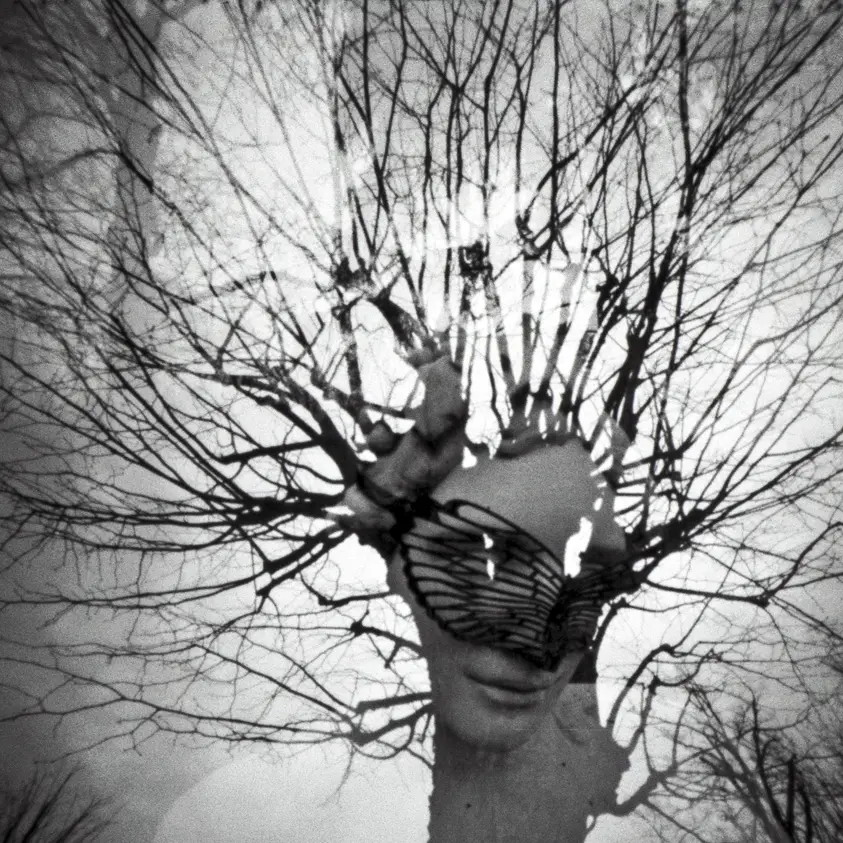
How long have you been practising pinhole photography, and how did you get into it?
My very first pinhole camera was made by one of my friends back in 2009. It was a very primitive plastic camera for 35mm film, with a roughly “desecrated” aesthetic and build. In place of the lens, it had a small piece of chocolate-packaging foil with a pinhole. Despite its simplicity, I made some photos with it while travelling to Paris, and on WPPD 2010 a collage composed of those prints was included in the pinhole-dedicated exhibition in the Lithuanian port city Klaipeda. So basically, I just had a “right kind of a company” – many of my friends were (and still are) interested in photography and in film photography, and in a whole variety of alternative technics.
Could you share one or two happy or fun memories related to pinhole photography?
Probably one of the funniest stories is from the same WPPD 2010 in Klaipeda. After the exhibition opening on Saturday, on Sunday at a small local flea market I found some black and metal box and a detached wooden frame alongside. The seller couldn’t say what it was – “It’s something for the photography reproduction,” he said. So, I bought it easily at half the price he asked (about €3) and realized it was a fully-working medium-format camera back, and the handmade wooden front had a pinhole. Luckily, there was a mini-lab nearby which sold film, and I had a strong black adhesive tape to attach the front to the back.
I made a few frames – totally intuitively, without knowing the aperture or the camera angle, but when I developed the film, the pictures came out surprisingly well. When I met another of my friends and proudly introduced him to my find, his hands literally started shaking and he moaned, “Oh, it‘s MY first hand-made pinhole camera!… Look, the tractor once drove over it and bent it here (oh yes, the Soviet-made camera back can handle that, I admit). I lost my backpack with everything in it, a few weeks ago! Didn’t the seller have my Yashica…? (unfortunately, he didn’t).” Bear in mind that my friend and I both live on the other side of Lithuania, 300 km from Klaipeda!
Well, that friend let me use the camera for a couple of years since, but I returned it later. To mention, this time the pinhole was made of metal, a piece cut from a beer can – much more serious thing than chocolate foil!
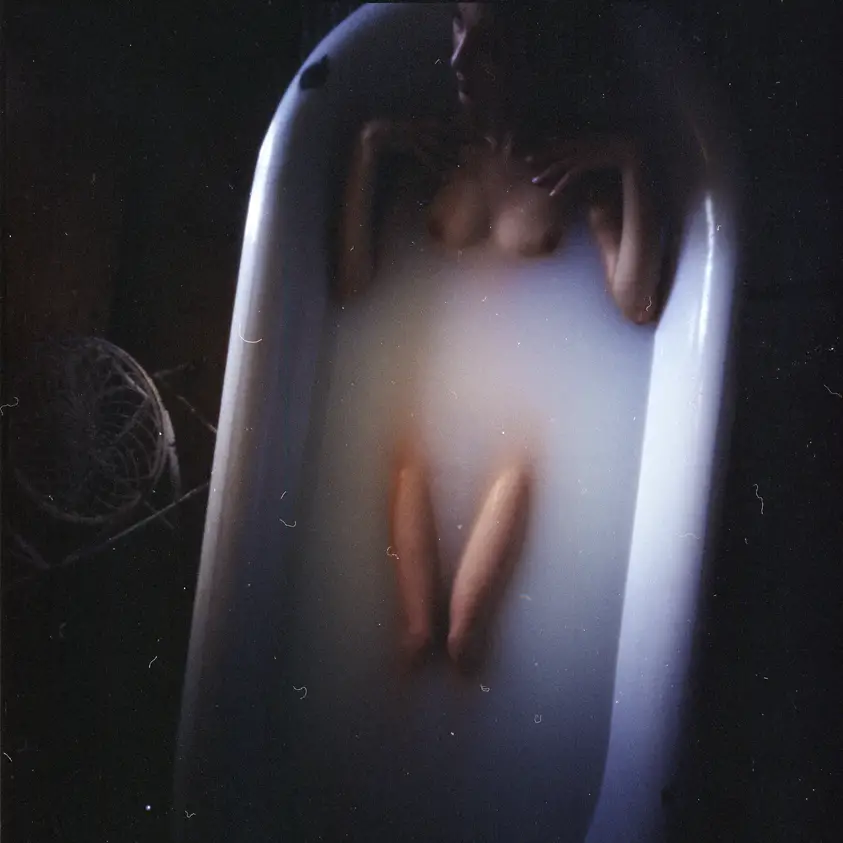
What do you like about pinhole photography? Why do you do it?
For me, it’s probably the specific dreamy, moody and distorted images which pinhole cameras produce (I mostly like and use medium-format and very wide-angle cameras). I also like the process itself – it is slow, lazy. You don’t shoot 5 or 50 images of the same scene and location with the pinhole, as you would do with digital camera or smartphone, right? So every frame gets additional value of uniqueness. Also with the cameras I shoot, I do not use a viewfinder – the framing and composing are all completed in my head by my imagination. So it’s very exciting each time to wait and see, after developing the film, if the picture looks like what I expected. Twisted reality with a touch of twisted mind – that’s what I admire about pinhole.
Do you have any favourite cameras?
Yes, for the past nine years or so, I mostly use MO pinhole cameras model 66 – they produce sharp-enough image, they are cute-looking, durable, lightweight and thin, so it’s easy to carry it with you all the time.
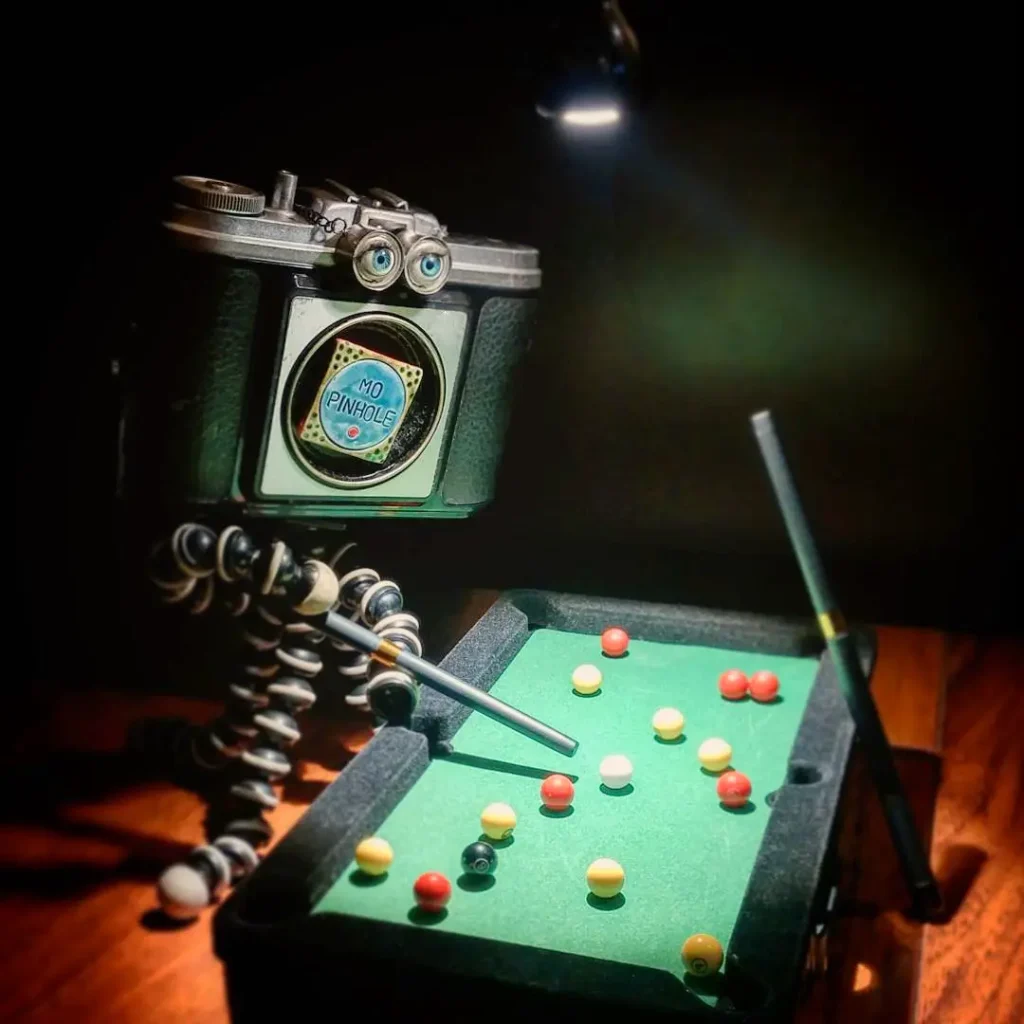
Who are some other pinhole photographers whose work you like?
I could name tens of interesting photographers and it’s mission impossible to pick just a few of them without thinking that others must be on the list. I will drastically narrow it to just two names (that’s not fair, but let it be!): Ramunas Danisevicius and Justina Tulaite.
Do you have any plans for WPPD 2021?
Yes, due to quarantine restrictions, it will be slightly different from what it used to be. But I still hope to meet some fellow pinhole photographers from other Lithuanian cities in some rural place (we are still discussing the location). We plan to have some traditional walk keeping new-fashioned distances… and make some pinhole photos, of course. Last year the pandemic took away our WPPD trip to Dublin, so meeting friends in my homeland is not a bad option!
Vote of thanks
I’d like to end with a huge vote of thanks to the artists/photographers who are featured in this post for patiently answering my questions and letting me share their images (rights to all images remain with the individual authors). I shared only a small selection of their images, but I included links to their social media and websites, so please do check them out – you will not be disappointed. My own Instagram is mostly “lens photography” (as pinhole photographers call it) and darkroom-related content, but I am starting to feature pinhole photos too. Feel free to check it out too, but in this case I can’t give a “you won’t be disappointed” guarantee. Thanks for reading!
Share this post:
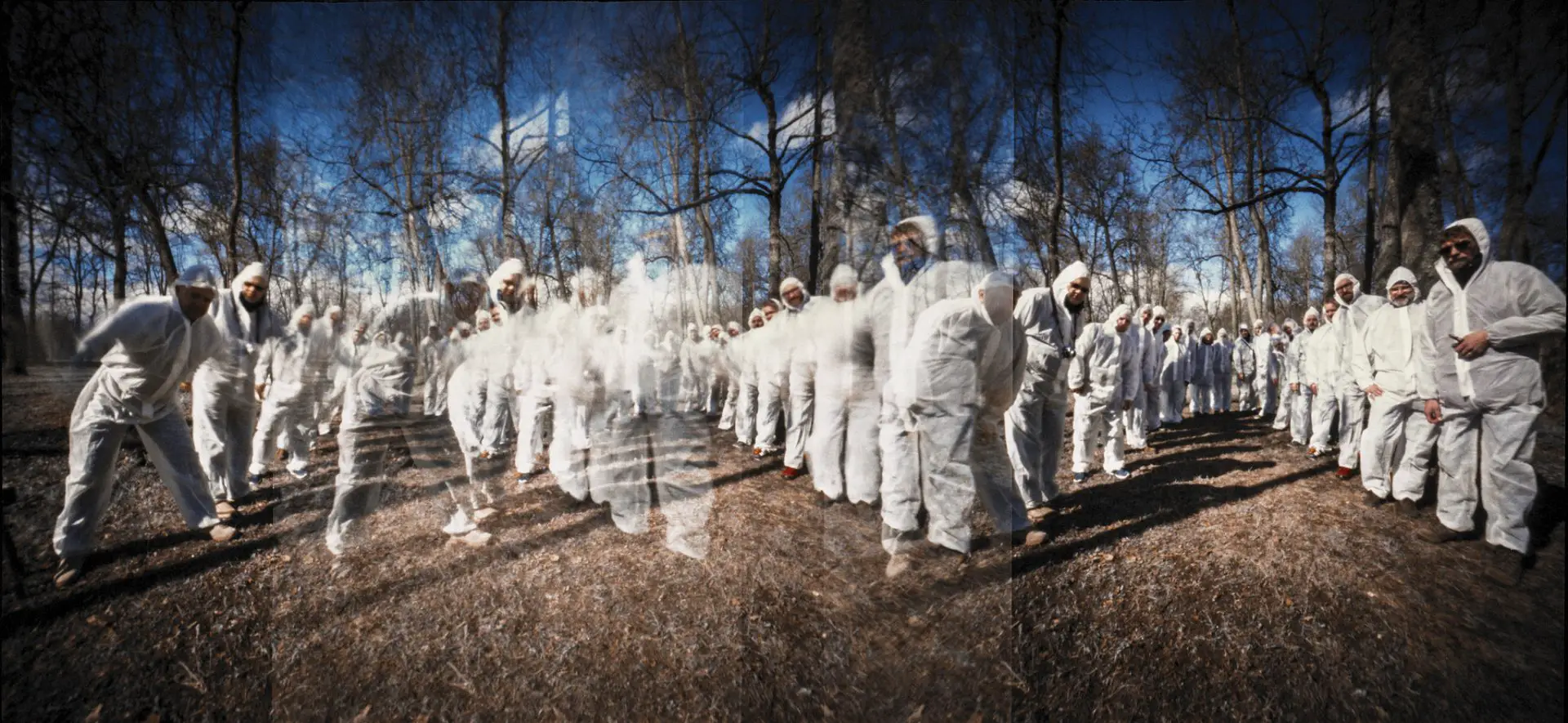








Comments
Giuseppe Papale on Worldwide Pinhole Photography Day 2021 – “Uncertainty But Also Joy” – by Sroyon
Comment posted: 25/04/2021
Giuseppe Papale on Worldwide Pinhole Photography Day 2021 – “Uncertainty But Also Joy” – by Sroyon
Comment posted: 25/04/2021
Joseph
Comment posted: 25/04/2021
Giuseppe Papale on Worldwide Pinhole Photography Day 2021 – “Uncertainty But Also Joy” – by Sroyon
Comment posted: 25/04/2021
Giuseppe
Alexander Seidler on Worldwide Pinhole Photography Day 2021 – “Uncertainty But Also Joy” – by Sroyon
Comment posted: 25/04/2021
Comment posted: 25/04/2021
Andrew B on Worldwide Pinhole Photography Day 2021 – “Uncertainty But Also Joy” – by Sroyon
Comment posted: 25/04/2021
Comment posted: 25/04/2021